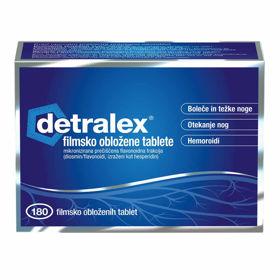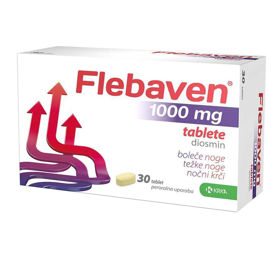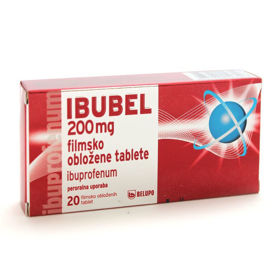Customer question:
Lately, I have felt pain in my legs at rest: standing, or sitting. What does that mean? Is this a reason for concern?
Pharmacist's response:
New, persistent pain in the leg area during rest warrants a visit to the doctor. Pain in the legs can have many causes. Still, pain after prolonged standing or sitting indicates a possible accumulation of blood or fluid in the veins of the legs (the condition is called: chronic venous disease, venous insufficiency).
Chronic vein disease occurs when the valves in the leg veins do not work correctly to ensure efficient blood flow from the legs to the heart. Instead, blood pools in the legs and feet, causing pain and swelling. The pain is usually described as a burning or cramping sensation, especially in the area of the sword.
Past vein inflammation (phlebitis) can damage the valves and cause chronic venous disease. Poor functioning of the valves in the veins of the legs also contributes to varicose veins - enlarged veins visible just under the skin. Varicose veins can also cause chronic venous disease.
How can I help myself?
- Elevate your legs. Elevate your legs above the level of your heart muscle - perform the exercise for no more than 30 minutes, or repeat it twice for three minutes as often as possible. The best time to complete it is after a long stand or hot shower.
- Wear looser clothing. Avoid tight dress around the legs and waist, which can impede circulation in the lower body.
- Avoid high heels. High-heeled shoes shorten the muscles at the back of the leg and prevent the deep veins from working at their total capacity.
- Sit properly. Focus on better posture and avoid crossing your legs or sitting in ways that can compress your veins for long periods.
- Walk. Walking causes rhythmic contraction of body muscles, including heart muscles, and helps to stimulate blood flow to the heart. Walk and exercise for at least 30 minutes every day.
- Take breaks. Take frequent walking breaks to avoid sitting or standing for more than two hours.
- Wear compression socks. Wearing compression socks bought at the pharmacy will help speed up blood flow; use them when flying, on your feet for a long time, or carrying heavy loads.
- Know your history. Women with a family history of varicose veins or those who have relatives with varicose veins should wear compression stockings during menarche and menopause, and pregnancy – most notably in the first trimester.< /li>
- Drug Detralex. Drug Detralex is also an option for treating or alleviating pain, as it is used in adults and is intended to treat the symptoms of chronic vein disease.
- Don't smoke. Smoking and exposure to secondhand smoke narrow the veins and negatively affect general circulation.
- Contact a phlebologist. See a licensed phlebologist for an examination and general evaluation of your condition or to learn more about the risks, prevention, and treatment of venous disease.
Interesting reading: Walking after varicose vein surgery
Interesting reading: Pain in Legs at Rest













